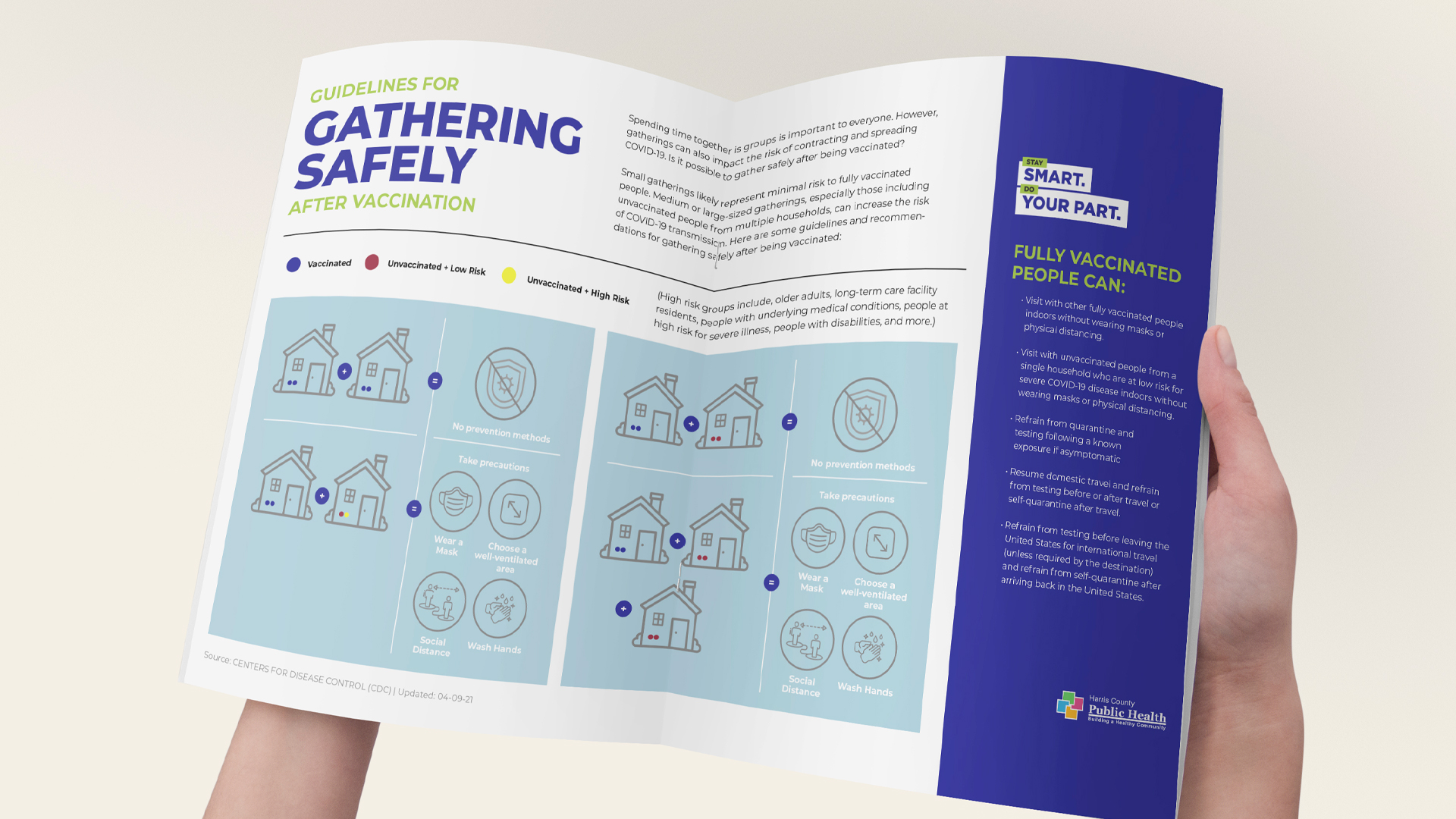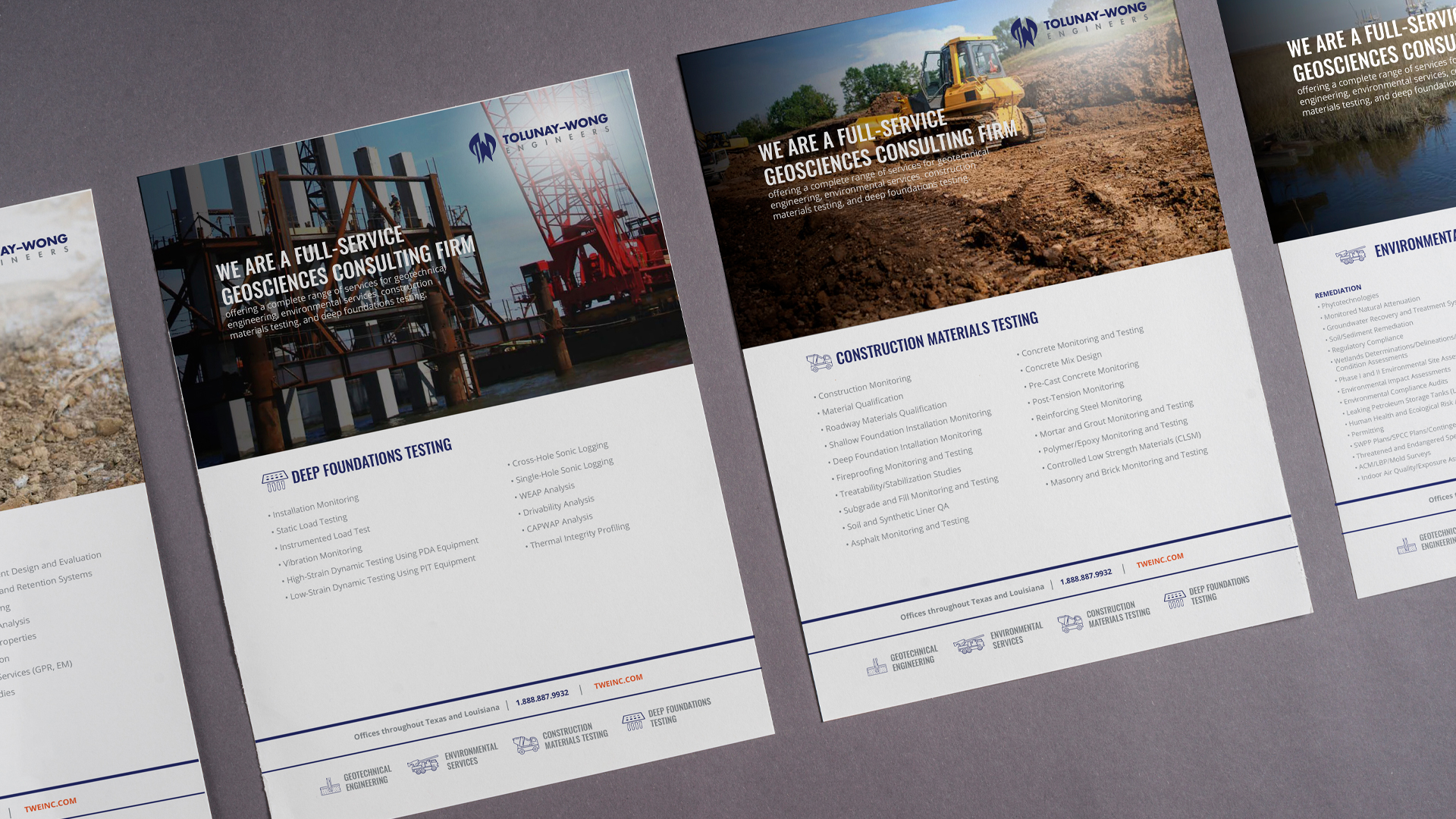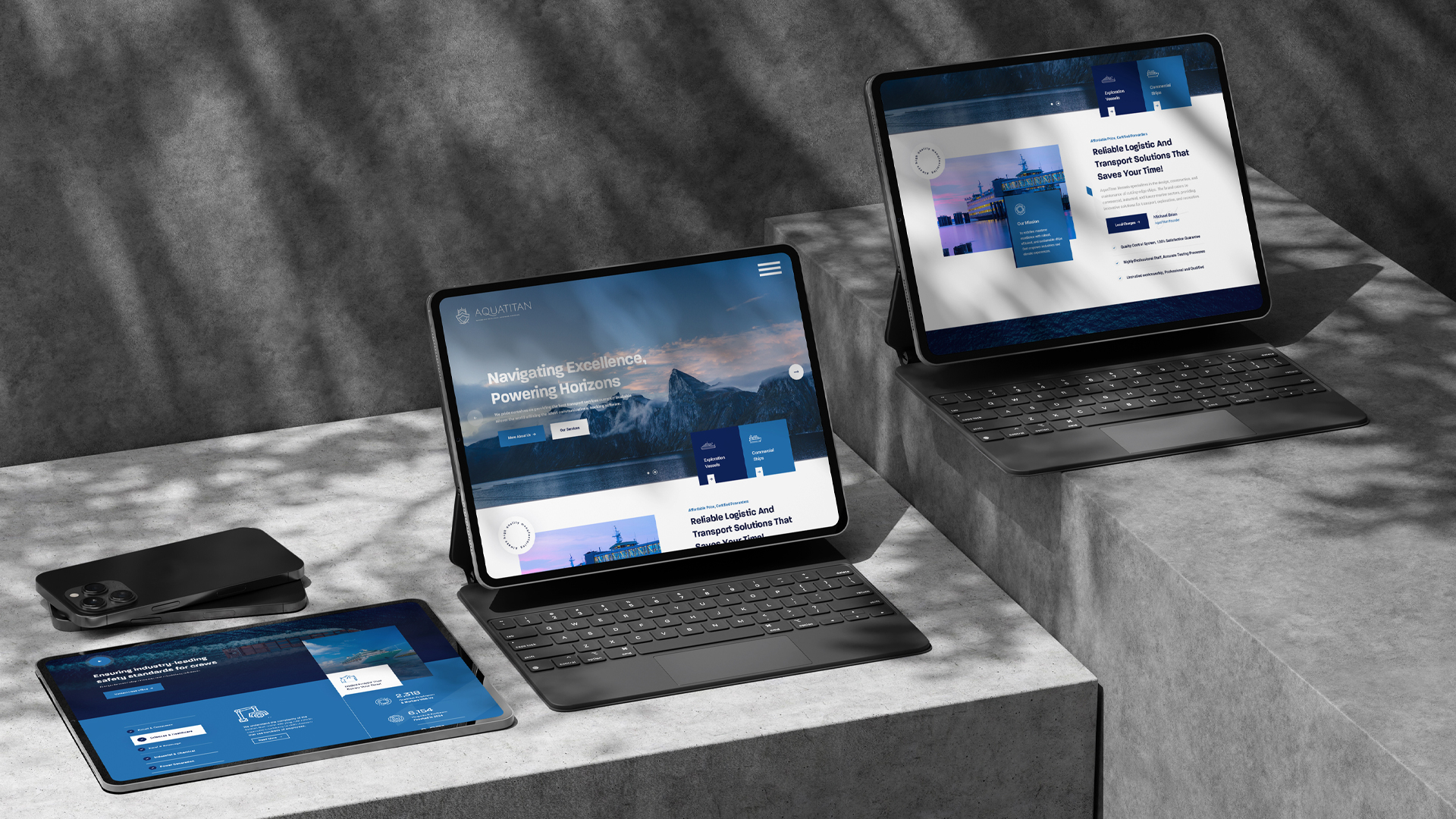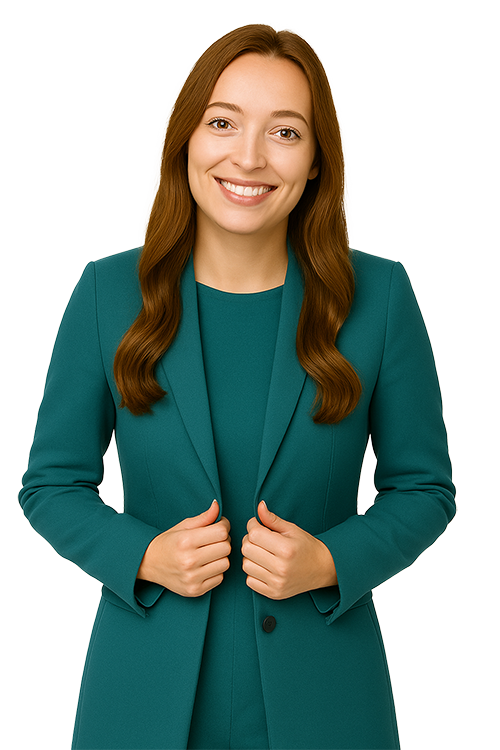
Great design isn’t just about making things look pretty – it’s a strategic growth engine for businesses. Too often, companies treat design as a dispensable line item, trimming creative budgets when times get tough. In reality, investing in high-quality design pays off. Design-led companies significantly outperform their peers: one McKinsey report found firms that deeply integrated design into their strategy achieved 32% more revenue growth and 56% higher total returns to shareholders than their counterparts. Why? Because design shapes how customers perceive, trust, and engage with your brand. In fact, 75% of consumers admit they judge a company’s credibility based on its website design alone – a stark reminder that first impressions (and lasting impressions) are largely visual.
In this article, we’ll explore why good design is an investment with tangible ROI, not just an expense. We’ll break down the cost-benefit of different design options – from hiring in-house designers to using freelancers to leveraging “unlimited” creative services – and see how smart businesses can save money and get better results. Along the way, we’ll draw inspiration from current trends and culturally savvy brands (Poppi, Rhode, Tala, Big Face Coffee, American Eagle, and even luxury fashion houses) that have leveraged design to turbocharge their growth. By the end, you’ll have a clear picture of what unlimited creative can do for your business and some actionable steps to start reaping the rewards of design investment.

Design is often misunderstood as a cost center – a “nice-to-have” polished logo, a sleek website, or trendy packaging that might get cut when budgets tighten. But evidence shows that design delivers real business value. Good design drives customer engagement, strengthens brand loyalty, and even boosts conversion rates and sales. It’s time to reframe design as an investment with ROI:
Above all, treating design as an investment means thinking long-term. Just as you invest in R&D or marketing campaigns expecting growth down the line, investing in professional, thoughtful design today sets you up for compounding returns in customer loyalty, brand equity, and market share. As we’ll see in real-world examples, a strategic design overhaul can even transform a business’s trajectory – turning a stagnant product into a breakout brand.

When a business commits to upping its design game, one of the first decisions is how to source that creative work. Do you hire a full-time in-house designer (or a team)? Contract freelancers per project? Or subscribe to an unlimited design service for a flat fee? Each approach has costs and benefits. Let’s break down the typical costs and savings of each option:
For that flat fee, you effectively get access to a team of designers with diverse skills – it’s like having a full creative department on call. Need a brochure and a Facebook ad and an email graphic all in the same week? No problem – they’ll queue it up and get it done quickly, without extra cost. This model can yield huge savings versus paying freelancers per project as well; a single logo design might cost $300–$500 from a freelancer, whereas an unlimited service will do your logo plus any number of other tasks for the same monthly price. Businesses with steady design needs (startups, CPG brands, agencies, etc.) can save thousands of dollars a year using a subscription model. Plus, you avoid costs like software licenses, HR overhead, or idle downtime – if you have a slow month, you’re just paying the flat fee and you can scale down or cancel if needed. The key is that unlimited creative turns design into a predictable operational expense rather than a sporadic cost. It also provides flexibility: as your needs grow, you can often upgrade to higher plans or add more designers easily, something that’s much harder to do overnight with in-house hires.
So which option saves the most? For many small-to-midsize businesses, an unlimited design service offers the best cost savings and adequate quality. It’s not uncommon to hear of startups replacing a $60k in-house position with a $1k/month subscription – instantly saving tens of thousands of dollars per year. Even larger firms use these services to handle overflow work or replace costly agency contracts. Of course, it’s important to weigh what you give up: an external service may not have the intimate brand knowledge of an in-house designer, and you’ll need good processes to brief and review work. But modern subscription providers often emphasize consistency (some assign you a dedicated designer or small team who learns your brand). In sum, unlimited creative services can deliver a high volume of design at a fixed, affordable cost, making the ROI very attractive compared to the other models. The money saved on salaries or freelance fees can be reinvested elsewhere in the business – or dropped straight to your bottom line.

To truly appreciate the ROI of good design, let’s look at some real-world examples and trends. In today’s fast-moving market, the most successful brands are those that marry creative design with cultural relevance. Great design isn’t created in a vacuum – it taps into trends, evokes emotions, and connects with audiences’ values. Here are a few compelling stories of brands (big and small) leveraging design as a catalyst for business success:
Visual: A striking example of design ROI – the rebranding of a gut-health soda from the bland “Mother” bottle (left) to the vibrant Poppi can (right) helped transform the company’s fortunes. A complete overhaul of name, logo, and packaging turned an esoteric apple cider vinegar drink into a fun, pop-art styled “prebiotic soda,” doubling sales year-over-year and eventually driving over $500 million in revenue.
The examples above – from Poppi to Rhode to Aerie – all send a clear message. Investing in design and creative strategy can yield exponential returns. It might manifest as a spike in sales after a rebrand, a fast rise in brand valuation, sustained comp growth, or a grassroots following that lets a small brand punch above its weight. While each brand’s story is unique, none of these successes happened by accident. They were the result of conscious decisions to put design and branding at the forefront of the business plan. The ROI of good design is very real, and these cases show that “unlimited creative” isn’t just a catchy term – it’s the idea that unleashing creativity, consistently and without skimping, can unlock unlimited growth potential.

By now, it’s evident that design is far more than a beautification cost – it’s a strategic investment with measurable returns. Businesses that treat design as core to their strategy reap benefits in revenue, customer loyalty, and market position. On the flip side, those that neglect design or view it as an afterthought often pay the price in lost credibility and missed opportunities. The good news is that embracing great design has never been more accessible, thanks to flexible solutions like unlimited creative services and a global talent pool of designers.
So, what can you do next to harness the ROI of good design for your business? Here are some key action items to take away from this discussion:
The ROI of good design is both an art and a science. It shows up in hard numbers - sales, growth rates, cost savings – and in softer metrics like brand sentiment and customer love. By recognizing design as the investment, it is and leveraging modern solutions like unlimited creative services to maximize your output cost-effectively, you set your business up to stand out in a crowded market. The next time you contemplate cutting a design budget or settling for a mediocre visual because it’s “cheaper,” think of the stories above: the soda that became a sensation through design, the $1B skincare brand born from aesthetics, the retailer that reignited growth by aligning design with values. Those wins were not accidents; they were ROI of design in action.
Now it’s your turn to write your own design success story. Invest in creativity, stay true to your brand, and watch how “unlimited” the returns can be. Your business’s next big leap might just be one great design away.

We’re thrilled to have you at Design Hiro, branding is about more than a logo—it’s creating an experience that keeps guests coming back. Whether you’re launching or refining your brand, we’re here to help you stand out and build lasting loyalty. Let’s make your brand unforgettable!
SCHEDULE A CALL TODAY!
Great design isn’t just about making things look pretty – it’s a strategic growth engine for businesses. Too often, companies treat design as a dispensable line item, trimming creative budgets when times get tough. In reality, investing in high-quality design pays off. Design-led companies significantly outperform their peers: one McKinsey report found firms that deeply integrated design into their strategy achieved 32% more revenue growth and 56% higher total returns to shareholders than their counterparts. Why? Because design shapes how customers perceive, trust, and engage with your brand. In fact, 75% of consumers admit they judge a company’s credibility based on its website design alone – a stark reminder that first impressions (and lasting impressions) are largely visual.
In this article, we’ll explore why good design is an investment with tangible ROI, not just an expense. We’ll break down the cost-benefit of different design options – from hiring in-house designers to using freelancers to leveraging “unlimited” creative services – and see how smart businesses can save money and get better results. Along the way, we’ll draw inspiration from current trends and culturally savvy brands (Poppi, Rhode, Tala, Big Face Coffee, American Eagle, and even luxury fashion houses) that have leveraged design to turbocharge their growth. By the end, you’ll have a clear picture of what unlimited creative can do for your business and some actionable steps to start reaping the rewards of design investment.

Design is often misunderstood as a cost center – a “nice-to-have” polished logo, a sleek website, or trendy packaging that might get cut when budgets tighten. But evidence shows that design delivers real business value. Good design drives customer engagement, strengthens brand loyalty, and even boosts conversion rates and sales. It’s time to reframe design as an investment with ROI:
Above all, treating design as an investment means thinking long-term. Just as you invest in R&D or marketing campaigns expecting growth down the line, investing in professional, thoughtful design today sets you up for compounding returns in customer loyalty, brand equity, and market share. As we’ll see in real-world examples, a strategic design overhaul can even transform a business’s trajectory – turning a stagnant product into a breakout brand.

When a business commits to upping its design game, one of the first decisions is how to source that creative work. Do you hire a full-time in-house designer (or a team)? Contract freelancers per project? Or subscribe to an unlimited design service for a flat fee? Each approach has costs and benefits. Let’s break down the typical costs and savings of each option:
For that flat fee, you effectively get access to a team of designers with diverse skills – it’s like having a full creative department on call. Need a brochure and a Facebook ad and an email graphic all in the same week? No problem – they’ll queue it up and get it done quickly, without extra cost. This model can yield huge savings versus paying freelancers per project as well; a single logo design might cost $300–$500 from a freelancer, whereas an unlimited service will do your logo plus any number of other tasks for the same monthly price. Businesses with steady design needs (startups, CPG brands, agencies, etc.) can save thousands of dollars a year using a subscription model. Plus, you avoid costs like software licenses, HR overhead, or idle downtime – if you have a slow month, you’re just paying the flat fee and you can scale down or cancel if needed. The key is that unlimited creative turns design into a predictable operational expense rather than a sporadic cost. It also provides flexibility: as your needs grow, you can often upgrade to higher plans or add more designers easily, something that’s much harder to do overnight with in-house hires.
So which option saves the most? For many small-to-midsize businesses, an unlimited design service offers the best cost savings and adequate quality. It’s not uncommon to hear of startups replacing a $60k in-house position with a $1k/month subscription – instantly saving tens of thousands of dollars per year. Even larger firms use these services to handle overflow work or replace costly agency contracts. Of course, it’s important to weigh what you give up: an external service may not have the intimate brand knowledge of an in-house designer, and you’ll need good processes to brief and review work. But modern subscription providers often emphasize consistency (some assign you a dedicated designer or small team who learns your brand). In sum, unlimited creative services can deliver a high volume of design at a fixed, affordable cost, making the ROI very attractive compared to the other models. The money saved on salaries or freelance fees can be reinvested elsewhere in the business – or dropped straight to your bottom line.

To truly appreciate the ROI of good design, let’s look at some real-world examples and trends. In today’s fast-moving market, the most successful brands are those that marry creative design with cultural relevance. Great design isn’t created in a vacuum – it taps into trends, evokes emotions, and connects with audiences’ values. Here are a few compelling stories of brands (big and small) leveraging design as a catalyst for business success:
Visual: A striking example of design ROI – the rebranding of a gut-health soda from the bland “Mother” bottle (left) to the vibrant Poppi can (right) helped transform the company’s fortunes. A complete overhaul of name, logo, and packaging turned an esoteric apple cider vinegar drink into a fun, pop-art styled “prebiotic soda,” doubling sales year-over-year and eventually driving over $500 million in revenue.
The examples above – from Poppi to Rhode to Aerie – all send a clear message. Investing in design and creative strategy can yield exponential returns. It might manifest as a spike in sales after a rebrand, a fast rise in brand valuation, sustained comp growth, or a grassroots following that lets a small brand punch above its weight. While each brand’s story is unique, none of these successes happened by accident. They were the result of conscious decisions to put design and branding at the forefront of the business plan. The ROI of good design is very real, and these cases show that “unlimited creative” isn’t just a catchy term – it’s the idea that unleashing creativity, consistently and without skimping, can unlock unlimited growth potential.

By now, it’s evident that design is far more than a beautification cost – it’s a strategic investment with measurable returns. Businesses that treat design as core to their strategy reap benefits in revenue, customer loyalty, and market position. On the flip side, those that neglect design or view it as an afterthought often pay the price in lost credibility and missed opportunities. The good news is that embracing great design has never been more accessible, thanks to flexible solutions like unlimited creative services and a global talent pool of designers.
So, what can you do next to harness the ROI of good design for your business? Here are some key action items to take away from this discussion:
The ROI of good design is both an art and a science. It shows up in hard numbers - sales, growth rates, cost savings – and in softer metrics like brand sentiment and customer love. By recognizing design as the investment, it is and leveraging modern solutions like unlimited creative services to maximize your output cost-effectively, you set your business up to stand out in a crowded market. The next time you contemplate cutting a design budget or settling for a mediocre visual because it’s “cheaper,” think of the stories above: the soda that became a sensation through design, the $1B skincare brand born from aesthetics, the retailer that reignited growth by aligning design with values. Those wins were not accidents; they were ROI of design in action.
Now it’s your turn to write your own design success story. Invest in creativity, stay true to your brand, and watch how “unlimited” the returns can be. Your business’s next big leap might just be one great design away.

We’re thrilled to have you at Design Hiro, branding is about more than a logo—it’s creating an experience that keeps guests coming back. Whether you’re launching or refining your brand, we’re here to help you stand out and build lasting loyalty. Let’s make your brand unforgettable!
SCHEDULE A CALL TODAY!